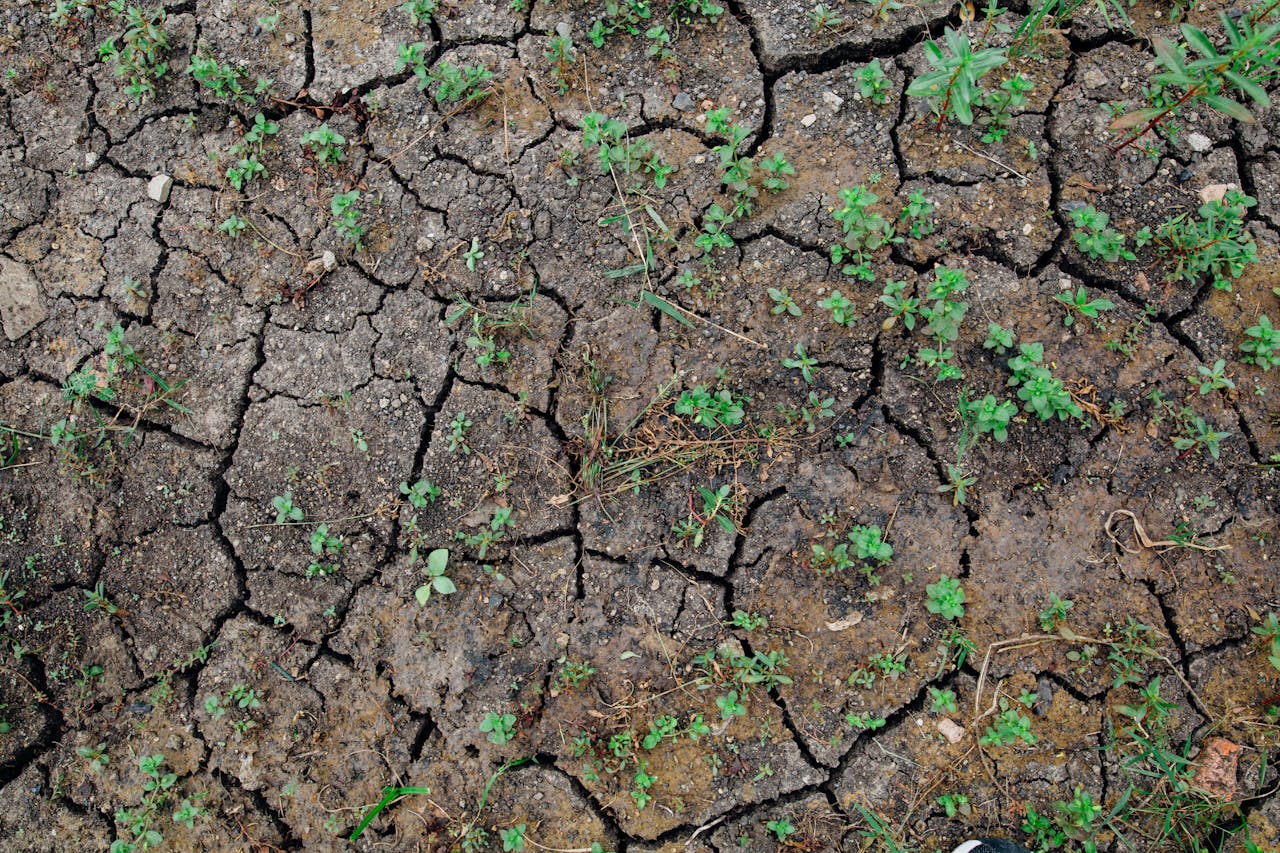Earth Day is a globally recognized event that emphasizes the importance of environmental stewardship and the need to take action for the planet’s health. It has evolved from a grassroots movement into an international day of attention and activism. In this article, we delve into the history of Earth Day, its impact on conservation efforts, and the ongoing push for environmental awareness.
The Roots of Earth Day
The origins of Earth Day can be traced back to the United States in the 1960s, a period marked by social activism and public awareness regarding various issues, including civil rights and the Vietnam War. During this time, environmental concerns were also gaining traction, spurred by the publication of Rachel Carson’s groundbreaking book “Silent Spring” in 1962, which highlighted the dangers of pesticide use and its effects on wildlife and human health.
A Turning Point for Environmental Activism
Amidst this growing environmental concern, a U.S. Senator from Wisconsin, Gaylord Nelson, witnessed the ravages of a massive oil spill in Santa Barbara, California, in 1969. Recognizing the need for a national day to focus on the environment, Nelson proposed the idea of Earth Day—a national “teach-in” on environmental issues to be held on April 22, 1970. The date was strategically chosen to maximize participation from college students, as it did not coincide with exams or spring break.
The First Earth Day
The first Earth Day was a resounding success, mobilizing 20 million Americans—10% of the total United States population at the time—to demonstrate across the country for environmental protection. The event brought together individuals from all walks of life and political backgrounds, uniting them under the shared goal of advocating for a sustainable future.
The Impact of Earth Day
The inaugural Earth Day marked a significant milestone in the environmental movement. It led to the creation of the United States Environmental Protection Agency (EPA) and the passage of landmark environmental laws such as the Clean Air Act, Clean Water Act, and Endangered Species Act.
Spurring Green Initiatives
Following the first Earth Day, green initiatives began to take root across the United States and eventually the world. Community groups started recycling programs, businesses began to adopt more sustainable practices, and schools incorporated environmental education into their curricula.
A Global Movement
The success of Earth Day in the United States inspired activists around the world to spread the message of environmentalism. In 1990, Earth Day went global, mobilizing 200 million people in 141 countries and lifting environmental issues onto the world stage. This massive event gave a significant boost to recycling efforts worldwide and helped pave the way for the United Nations Earth Summit in Rio de Janeiro in 1992.
The Evolution of Earth Day
As the years passed, Earth Day continued to serve as a catalyst for ongoing environmental activism and policy changes. Each Earth Day has a theme that highlights a pressing environmental issue, such as climate change, plastic pollution, or deforestation, and calls for collective action.
Promoting Environmental Awareness
Earth Day has played a crucial role in educating the public and raising awareness about the environmental challenges facing our planet. Through events, campaigns, and educational programs, Earth Day has encouraged individuals to consider their ecological footprint and inspired them to take steps toward conservation and sustainability.
Advocating for Policy Changes
On a larger scale, Earth Day has also been influential in advocating for policy changes and international agreements focused on environmental protection. The day serves as a reminder to world leaders and policymakers of the importance of enacting laws that safeguard the environment for future generations.
Conservation Efforts Sparked by Earth Day
The annual celebration of Earth Day has been a driving force behind numerous conservation efforts. These initiatives range from local community clean-ups and tree-planting campaigns to large-scale environmental projects and global treaties aimed at protecting biodiversity and reducing greenhouse gas emissions.
Local and Global Actions
Conservation efforts inspired by Earth Day demonstrate the power of collective action. Whether it’s a neighborhood working together to restore a local park or international cooperation to protect endangered species, Earth Day reminds us that every action counts.
Continuing the Legacy
Today, Earth Day continues to inspire a new generation of environmental activists. Young people around the world are taking up the mantle of environmental stewardship, advocating for policies to address climate change, and demanding action from their leaders.
The Role of Technology and Social Media
The rise of technology and social media has given Earth Day a new platform to reach an even wider audience. Digital campaigns, online petitions, and social media challenges have modernized environmental activism, making it easier for individuals to get involved and make a difference.
The Future of Earth Day
As we look to the future, Earth Day will undoubtedly continue to evolve. The challenges we face may change, but the core message of Earth Day remains the same: to protect our planet and ensure a sustainable future for all.
Takeaways
The history of Earth Day is a testament to the power of collective action and the importance of environmental awareness. From its inception in 1970 to its current status as a global event, Earth Day has played a critical role in advancing green initiatives and conservation efforts. As we celebrate Earth Day each year, let us honor its legacy by continuing to work towards a healthier, more sustainable planet for generations to come.













